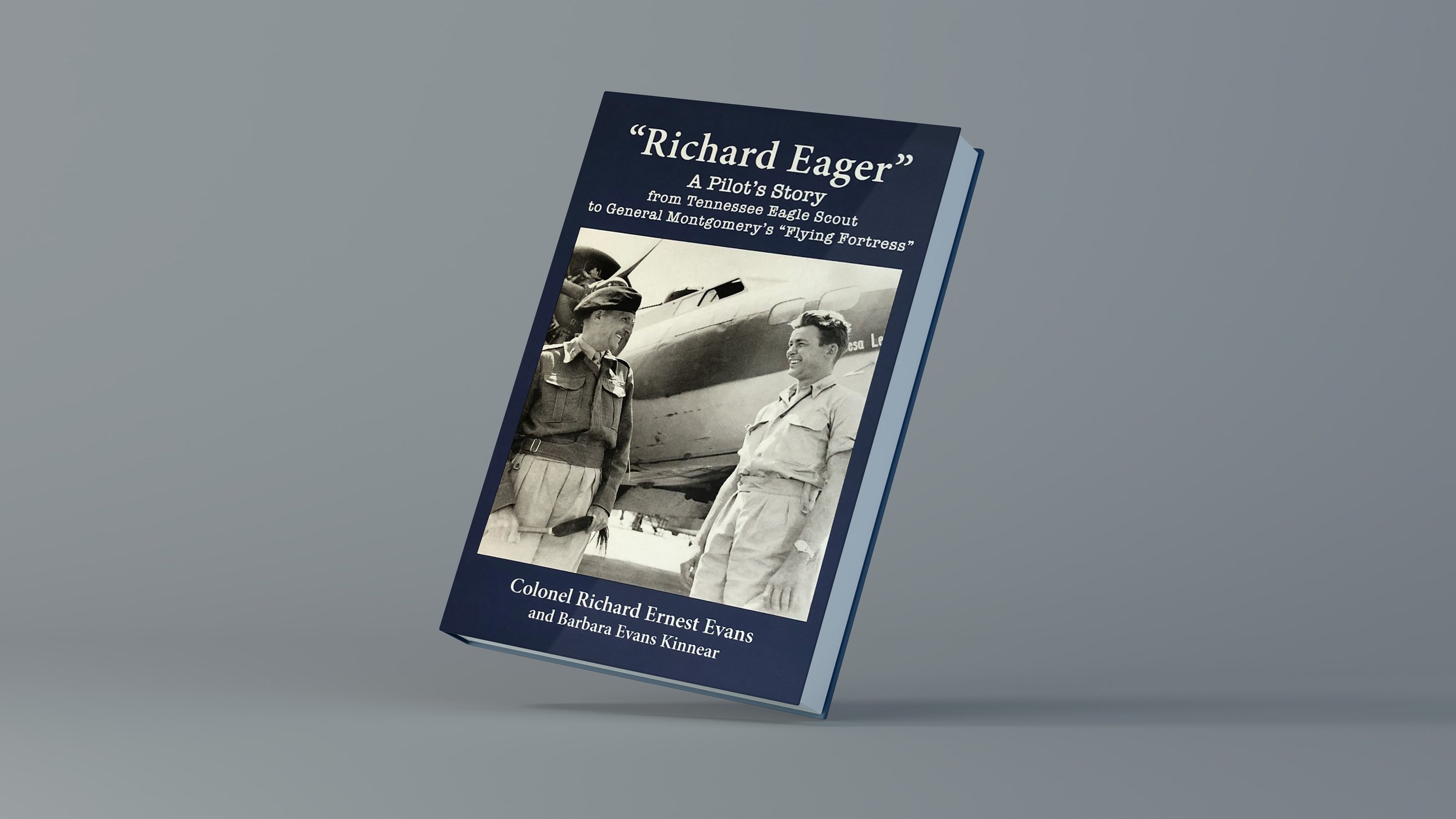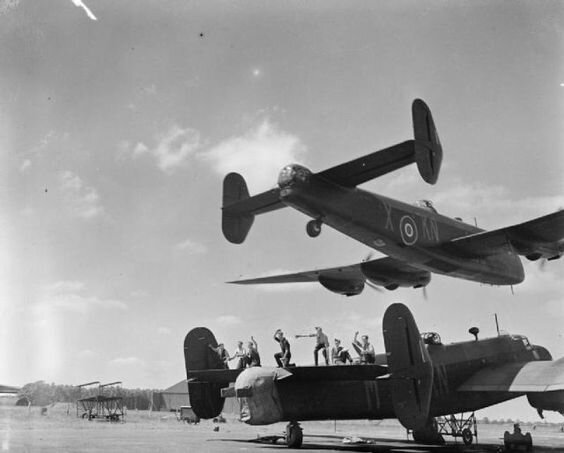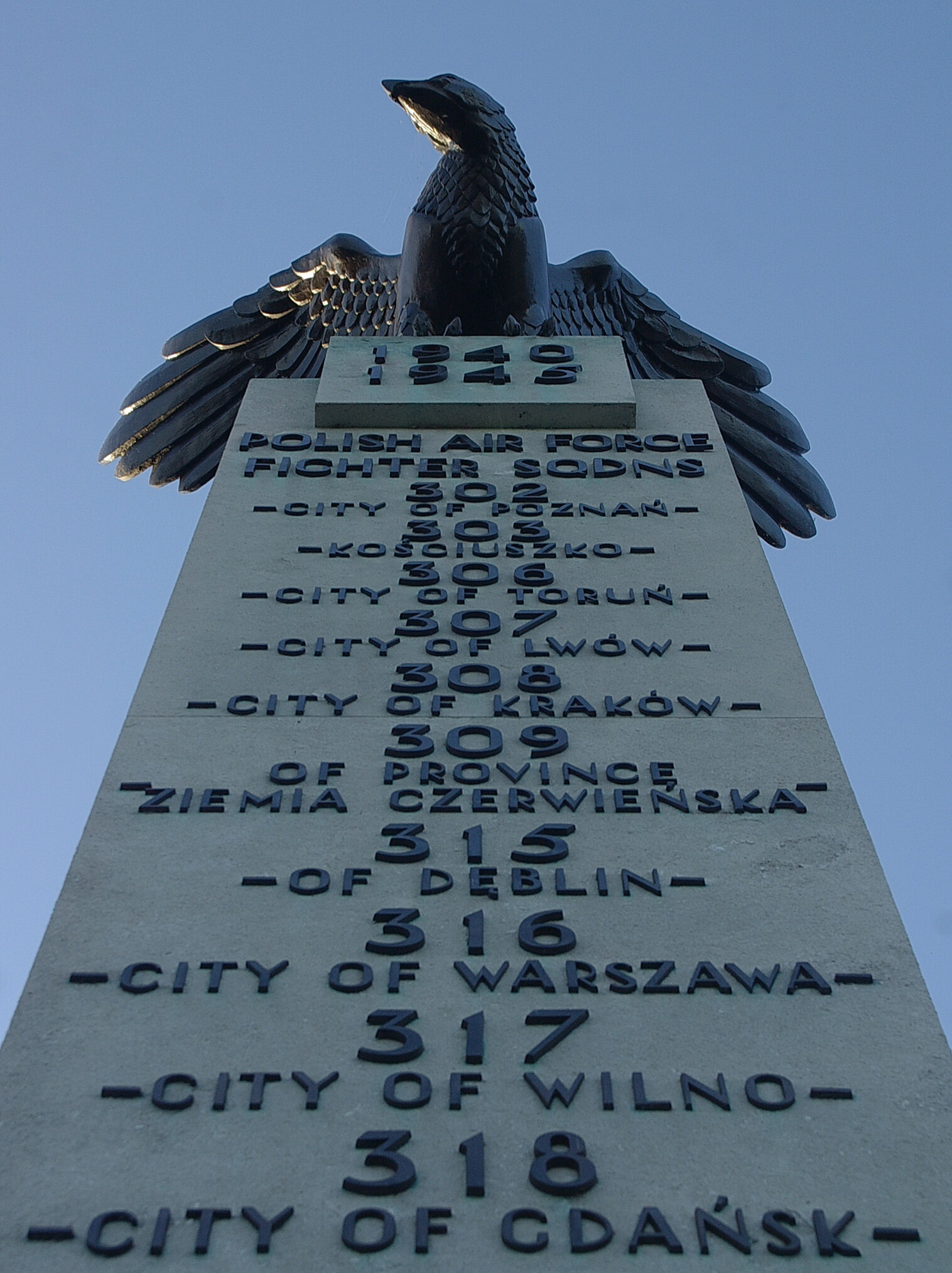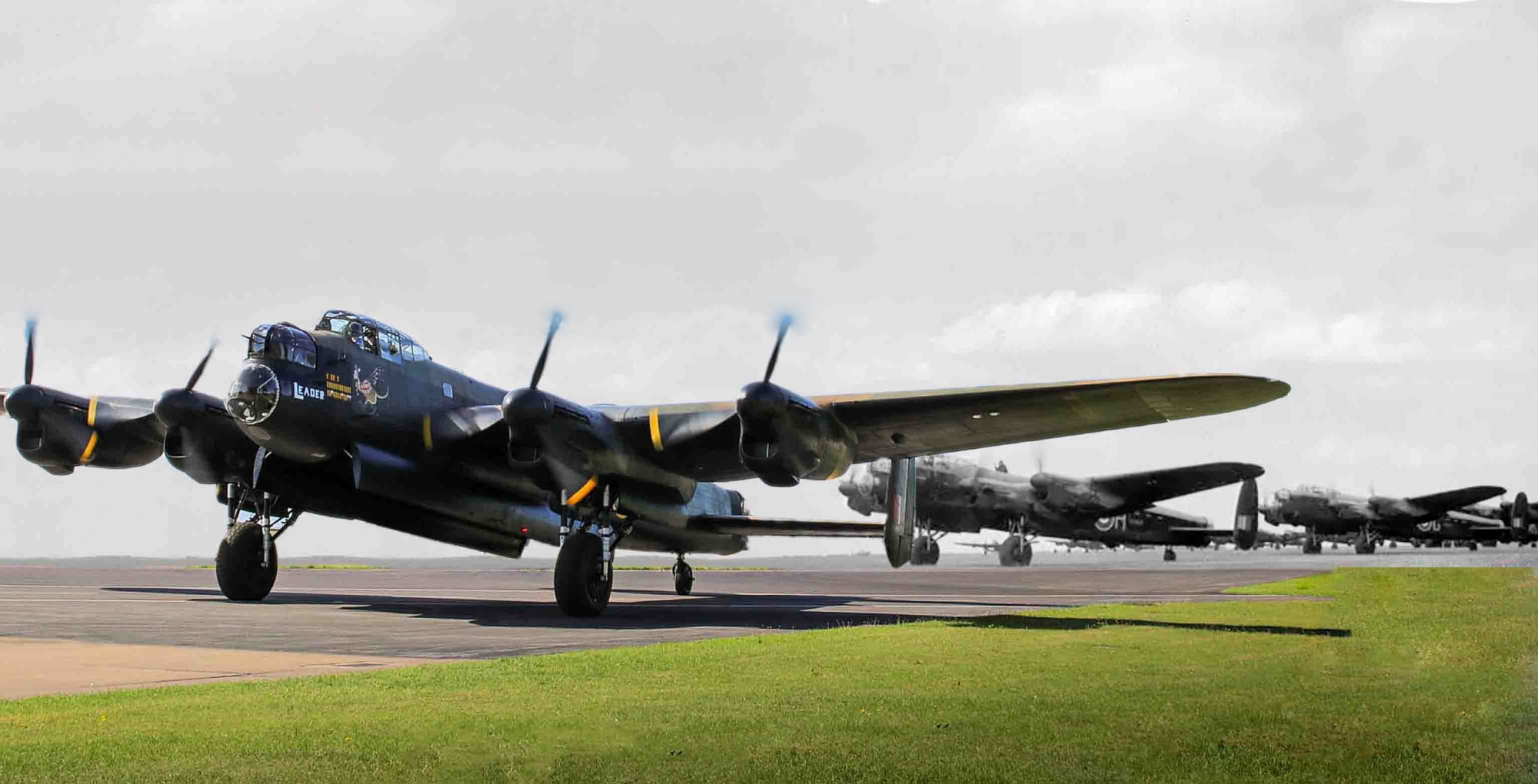"Richard Eager" A Pilot's Story (Main Review) Second Edition 2024

Main Book Review ~ Second Edition 2024
“Richard Eager” A Pilot’s Story
by
Colonel Richard Ernest Evans and Barbara Evans Kinnear
Preamble
Reviewed 11 March 2025
Introduction
This is one of the cornerstones of the main website’s book reviews platform.
A Shameful Day
The 80th Anniversary of D-Day on 6 June 2024 became a shameful day for the British People when their then prime minister, the Right Honourable Rishi Sunak, failed to grasp the scope of his monumental blunder when he returned to the UK prematurely.
People could understand how such a mistake could be made by an individual. But collectively?
Simply put… What on earth does that tell us all about his advisers? How on earth could they have made such a deeply offensive blunder?
Around these Islands the question reverberated, bouncing back from shore to shore, shaking communities, and distressing those who can still recall the beaches on 6 June 1944, because they were there. Just a handful now.
Solution… He and his advisers must be likewise removed from office, post-haste. And so we did, as we always do in these islands, through the ballot box at the General Election.
Things are very different now.
Once again we have a prime minister who works his three first ministers of the devolved nations of Scotland, Northern Ireland and Wales. On visiting each, the body language spoke volumes. The PM’s First Ministers knew that they had a good relationship with the Prime Minister of the United Kingdom, and that they could and would work with him, even if their long term aim is to secure independence. Independence within the United Kingdom should happen and must happen if that is the desire and will of the four nations.
If this is not so, then the Nation overall will work to make devolution as efficient as possible to the benefit of all four nations. We have a measure that frames all ~ never to allow The Troubles to ever again return to any part of the United Kingdom and Channel Islands.
That is the hallmark of true leadership. It is also the hallmark of nationhood.
Colonel Evans was also a very fine leader, a very natural leader. He worked with his men and women, not over them. He was a listener, and he had a tremendous rapport with his crews and with all the squadrons that he went on to command, right into the Cold War.
Richard Eager ~ A Pilot’s Story is a crucial addition to an aviation library. In Britain, a copy is lodged with the Royal Air Force’s Central Library at RAF Cranwell, the UK’s equal to the US Air Force Academy at Colorado Springs.
I have an aviation library that I hope might remains part of the Family Archive. A central bulwark is Richard Eager ~ A Pilot’s Story by Colonel R E Evans and Barbara Evans Kinnear.
The Richard Ernest Evans military record is absolutely essential reading for anyone wanting to grasp wartime aviation, NATO aviation and Cold War aviation. Looking afresh this evening at my copies, the soft cover version very heavily annotated, and the hard cover edition a gift from Colonel Evans’s family, in mint condition even though heavily used and with it a large envelope of our correspondence, I marvel at the photographs that Mrs Barbara Evans Kinnear has assembled and placed into her father’s original manuscript.
Yes. This biography is essential reading for all who wish to look closely at military aviation. The Richard Eager story is truly inspirational and also a truly great record of family history. In war as well as in peace, family interweaves, permeates and strengthens the will, the resolve, the determination to defeat evil. This, for me, is what it is all about.
Kenneth Thomas Webb
14 September 2024
United Kingdom
Preamble updated 5 August 2025
Author Note
I’ve been asked what the 402 digits mean. They refer to Avro Lancaster PB402 LQ-M of the RAF Pathfinder Force, my mother’s brother’s Lancaster, which finally came down over Germany on 16-17 January 1945 following a mid air collision with Avro Lancaster KB850 WL-O, all fourteen members of both the Payne Crew and the Kiehl Bauch Crew being KIA. Both this website and the Aviation website report on this more extensively elsewhere.
Richard "Eager" Ernest Evans, USAAC in PT-3, at Love Field, Dallas, Texas, USA.
GO FOR IT
Time does seem to fly,
And the good times past
Seem seldom, if ever, to last.
But the Bard has suggested
That we must each seize our tide,
And while holding fast to the mast,
Enjoy our ride!
Richard Eager
Chapter I
I
I am delighted to update this review with news that this book is now available as an e-book through Amazon.
The popularity of this Work is proven by its social media recognition via Facebook, Instagram, and Twitter.
The Author, Colonel Evans’s daughter, Barbara Evans Kinnear, has also engaged the services of a publicist that enables the Book’s outreach to WWII outlets, General and Military History outlets, and the many Air Force veteran groups not only within the USA but also those established through the Royal Air Force here in the United Kingdom and the wartime RAF’s counterparts throughout the Commonwealth of Nations.
Additionally, “Richard Eager” A Pilot’s Story has an outreach through book-centric channels, radio, and both audio and visual podcasts.
II
Live interviews can be a daunting prospect for writers and historians. We assume, because of Television and Media generally, that everything is done “at the drop of a hat”. Why? Well, I do my recordings don’t I sitting here at my desk, so it has to be easy. If only that were true.
I labour this point because I always read through the Credits at the end of any film production. To give one a sense of perspective of just what goes on behind the scenes, films such as Eye in the Sky, Bohemian Rhapsody, Viceroys House, and The King to name but four, each took a minimum of 15,000 people to work together to make these productions.
The link here is the author’s live interview with Ben Buehler-Garcia, the host for American Warrior Radio.
Mr. Buehler-Garcia’s mission platform is straight and to the point:
“To bridge that gap of understanding
between those
who took the oath
and the rest of the civilian population …
by telling the stories of the men and women in our military and first responder communities …
and of those who support them.”
I especially like this interview with the Author, because there is a natural rhythm in the conversation, beautifully delivered by Mr. Buehler-Garcia.
Click here for the Link, which took place on April 30 (Day 67 of the War in Ukraine). The Link will appear as shown in this image:
Chapter Two
I
THIS book, written by Colonel Evans in 1993 but not published in his lifetime, is co-authored by his daughter.
Spanning World War II, the Korean War, and the Cold War, it is a valuable source reference for the casual enthusiast, the student of history, and the military student alike.
As ‘Century 20’ - to use the author’s phrase - slips further into the past, Hollywood too easily steps in to inform us “how it really was”. I speak of the crews of the B-17 Flying Fortress and B-24 Liberator.
II
With over fifty combat missions flying the B-17 Flying Fortress over Germany and North Africa, then the B-29 Superfortress over Japan, the author brings to the fore the expertise and skills of every crew member.
Here is a team of ten men whose lives depend upon their pilot, but who also, each in their own nine stations, must be the eyes and ears of each other and their pilot. In battle, from their positions, they will see things that the pilot cannot see but can hear.
The extraordinary hexagon that one naturally draws between pilot - bombardier - navigator - ball-turret-gunner - tail gunner; the entire crew’s reliance upon strict intercom protocol that sweeps aside the Hollywood-type show notion of endless quips and banter, makes this a very important work.
This hexagon draws in the gun stations at waist point and below the nose of the B-17.
III
I like to read books that give me evidence of reality.
This book gives me that in double measure because the author penned a full glossary of terms that are highlighted in the text and easily found in the glossary at the book’s end.
IV
Here is a description of the pressure and skill of the American system of flying battle operations in boxed formations. These boxes meant that the aircraft must all fly within meters at most - and often feet only - of each other in order to give themselves maximum protection, as well as maximum defensive, and offensive, firepower to the attacking enemy squadrons.
With the end of the war, Colonel Richards was transferred to the Reserve only to be then called back to active service flying combat operations in the Korean War and then operations during the Cold War, and eventual command of the B-58 Test Squadron, United States Air Force.
V
Whilst this is a military record, the author writes from the angle of family life too. It also gives us a good outline of two controversial Generals - Montgomery and Patton - who did not see eye to eye; and the fact that the author was Monty’s pilot flying Theresa Leta gives us a fascinating insight into some of the characters that made up Allied high command, including Eisenhower, Doolittle, Bedell-Smith, LeMay and even George VI.
VI
For me, as a retired officer in the Royal Air Force (Volunteer Reserve), the book is an eye-opener. With two uncles - also RAF VR - flying, and going down, in Halifaxes and Lancasters, I’ve long wanted to look at the B-17 and B-24. Thus, for me, this has been an emotive read. There are times when I felt I really was inside the aircraft. In short, this book has opened up a whole new perspective of the price paid to secure the freedom that I enjoy today.
Richard Eager sums the whole thing up well as regards flight and ground crews …
“We clearly understood and appreciated our dependency upon one another.”
Now that, is this book’s hallmark.
The title is available in both hardback and softback via Amazon.
Visit www.richardeagerbook.com for more information.
100% of profits from the sale of the “Richard Eager” book are donated to the Air Force Aid Society.
14 September 2024
All Rights Reserved
LIVERPOOL
© 2025 Kenneth Thomas Webb
Reviewed 11 March 2025
First reviewed 11 November 2021 and updated on 24 August 2023 and again on 14 September 2024, this being the Second Edition of the Review
Ken Webb is a writer and proofreader. His website, kennwebb.com, showcases his work as a writer, blogger and podcaster, resting on his successive careers as a police officer, progressing to a junior lawyer in succession and trusts as a Fellow of the Institute of Legal Executives, a retired officer with the Royal Air Force Volunteer Reserve, and latterly, for three years, the owner and editor of two lifestyle magazines in Liverpool.
He also just handed over a successful two year chairmanship in Gloucestershire with Cheltenham Regency Probus.
Pandemic aside, he spends his time equally between his city, Liverpool, and the county of his birth, Gloucestershire.
In this fast-paced present age, proof-reading is essential. And this skill also occasionally leads to copy-editing writers’ manuscripts for submission to publishers and also student and post graduate dissertations.







